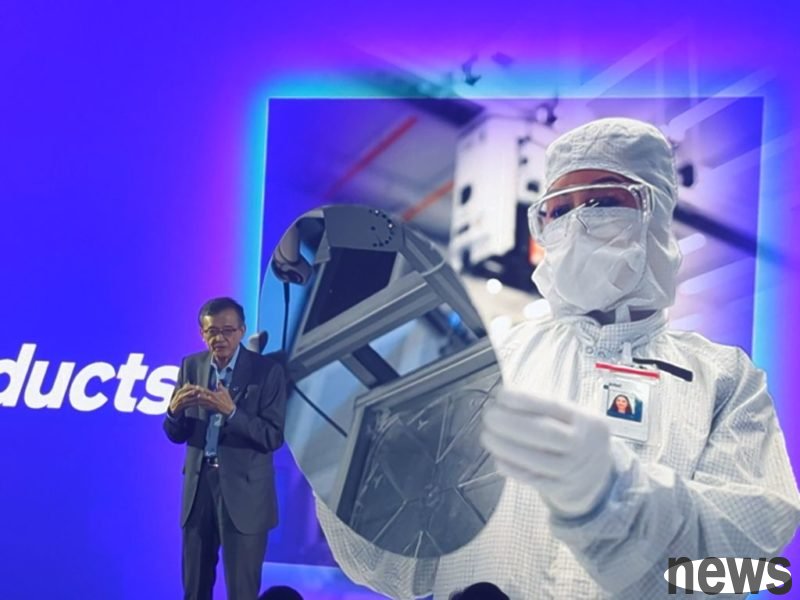
According to foreign media reports, Intel is in a key battle to decide the direction of semiconductor manufacturing. Market analysts warn that customers must be found for the Intel 14A process within 18 months, otherwise the advanced process will be in danger.
Webpronews reports that Intel's crystalline foundry business has faced long-term delays in production, heavy financial pressure, and challenges such as NTEM and Samsung Electronics in South Korea. According to the latest analysis, if Intel fails to successfully attract heavyweight customers such as Apple or NVIDIA to place orders Intel 14A, Intel will temporarily abandon advanced process risks and hand over the high-priced market to its opponents.
Analysts of investment banks Bernstein (Bernstein & Co.) emphasize the urgency of this matter. New process research and development and mass production require a long climbing period, and Intel only ensures large customers for about 18 months. Without important partners, the financial resources of the company will be difficult to continue, forcing Intel to abandon advanced processes and affect the development of the first-class process. This is similar to Intel's statement. Executive Chairman Chen Liwu has spoken that if Intel 14A cannot find customers, the investment will be unrealistic in the future.
Intel 14A is a process that Intel has high expectations. It will be invested in 2028 or 2029, and will continue to Intel 18A. Intel 18A will be mass-produced later this year. Intel 14A represents Intel Ultraviolet Exposure (EUV) key investment, using the High-NA EUV 2 nanometer (sub-2nm) characteristic.
Under the guidance of the new executive chairman Chen Liwu, Intel strategically turned to attract external customers to prove the rationality of Intel's 14A investment of 10 billion US dollars. Market news pointed out that Intel even led potential customers to consider Intel 14A instead of Intel 18A. Former executive officer Pat Gelsinger once described the company's future bet on Intel 18A, but strategic adjustments show Intel's deeper expectations for Intel 14A. Intel's recent severe financial pressure has not only withdrawn thousands of jobs in the United States, but also forced to cancel overseas investment projects, making Intel's cash reserves more cautious.
Despite the difficulties, market insiders pointed out that Intel has acquired the intention of tech manufacturers such as Apple and NVIDIA, which may be the key to turning the situation around. Within 18 months, Intel's strict test of IDM 2.0 must be obtained to obtain key customers before it can verify that Intel's years of R&D investment will continue to be stable. If it fails, accelerate Intel's turn to the fab-lite model, that is, rely on partners to manufacture. This will hand over the advanced process to Asian rivals and reshape the global chip supply chain. Although Intel's leadership is optimistic about Intel 14A, there is not much time left, and Intel should do its best to avoid becoming an unrealistic regret.